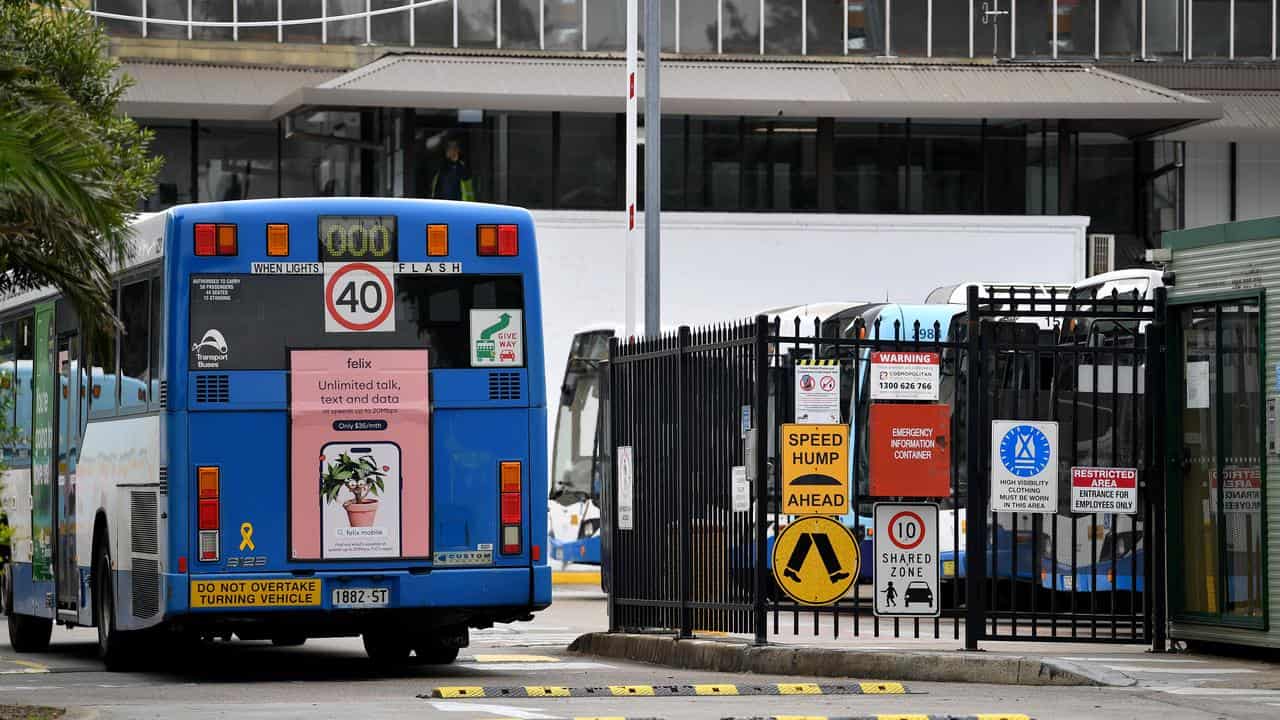
Bus networks in NSW are riddled with "ghost buses", driver shortages and staff facilities described as third-world, requiring urgent spending.
But the state's transport minister remains tight-lipped on whether the Labor government will deliver more money to fix the failing bus system.
A Bus Industry Taskforce report released on Monday recommends improving facilities and a recruitment drive amid a national bus driver shortage.
It also calls for long-term funding growth to handle the increased demand for buses, as well as better-integrated technology, contingency buses for major events and a plan to improve transport for under-serviced areas.
The NSW government has given in-principle support to the key recommendations.
However, Transport Minister Jo Haylen declined to provide details of any further spending on bus services, saying Labor had been left with a transport mess by the former coalition government.
"On-time running and reliability has deteriorated over recent years and passengers expect and demand a better service," she told reporters.
Regions with recently privatised services had been hardest hit by cancellations and delays, Ms Haylen said.
"We want better contract and performance management, better service planning and a thriving industry that will attract new bus drivers," she said.
The task force, chaired by former NSW bus network chief John Lee, found that driver shortages should have been predicted and better managed.
It also noted an unacceptable lack of basic driver facilities at layover areas.
Mr Lee said some of the bathrooms in major Sydney depots were "nothing short of Third World" and investment was desperately needed.
He cited an example of a female driver in her 40s who was unable to use proper bathroom facilities.
"To go to the bathroom, she had to undertake that in a public place because there was no bathroom at all for her," Mr Lee said.
The 76-page report said a focus on other transport infrastructure and capital investment, such as for rail, had come at the expense of basic bus services.
That included a lack of proper, real-time bus tracking, resulting in more than 10 per cent of services becoming "ghost buses", the details for which were not visible to passengers.
About half of people who used public transport in greater metropolitan Sydney travelled by bus and the proportion was even higher in regional areas, Mr Lee said.
Despite that share, only about two per cent of the capital budget for transport went towards buses, he said.
"They do nearly half the work and get one-fiftieth of the funding," he said.
NSW Rail, Tram and Bus Union division secretary David Babineau said urgent action needed to be taken to fix the ongoing issues with the bus network.
"All of the problems we’re facing, like the shortage of bus drivers, the two-tiered payment system in many regions, which is leaving drivers worse off financially, and the poorer quality of services stem from privatisation and long-term neglect of the network," he said.
The coalition said it made record investments in public transport during its 12-year reign and called on Labor to stop reviewing and start governing.




